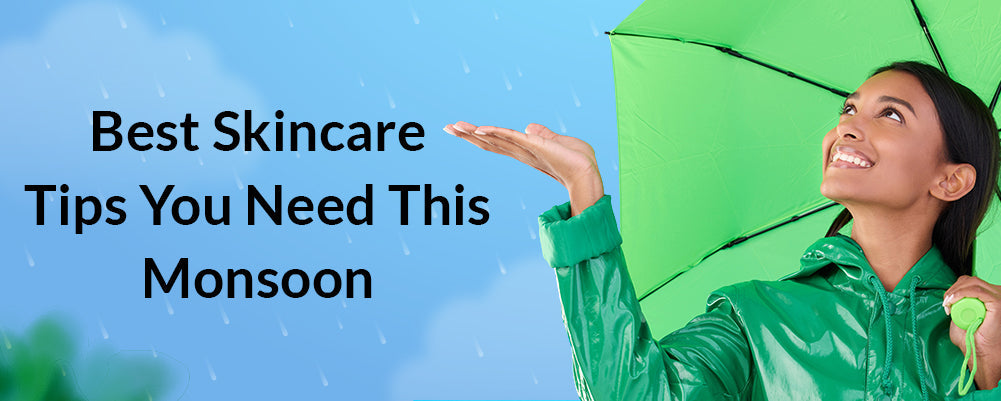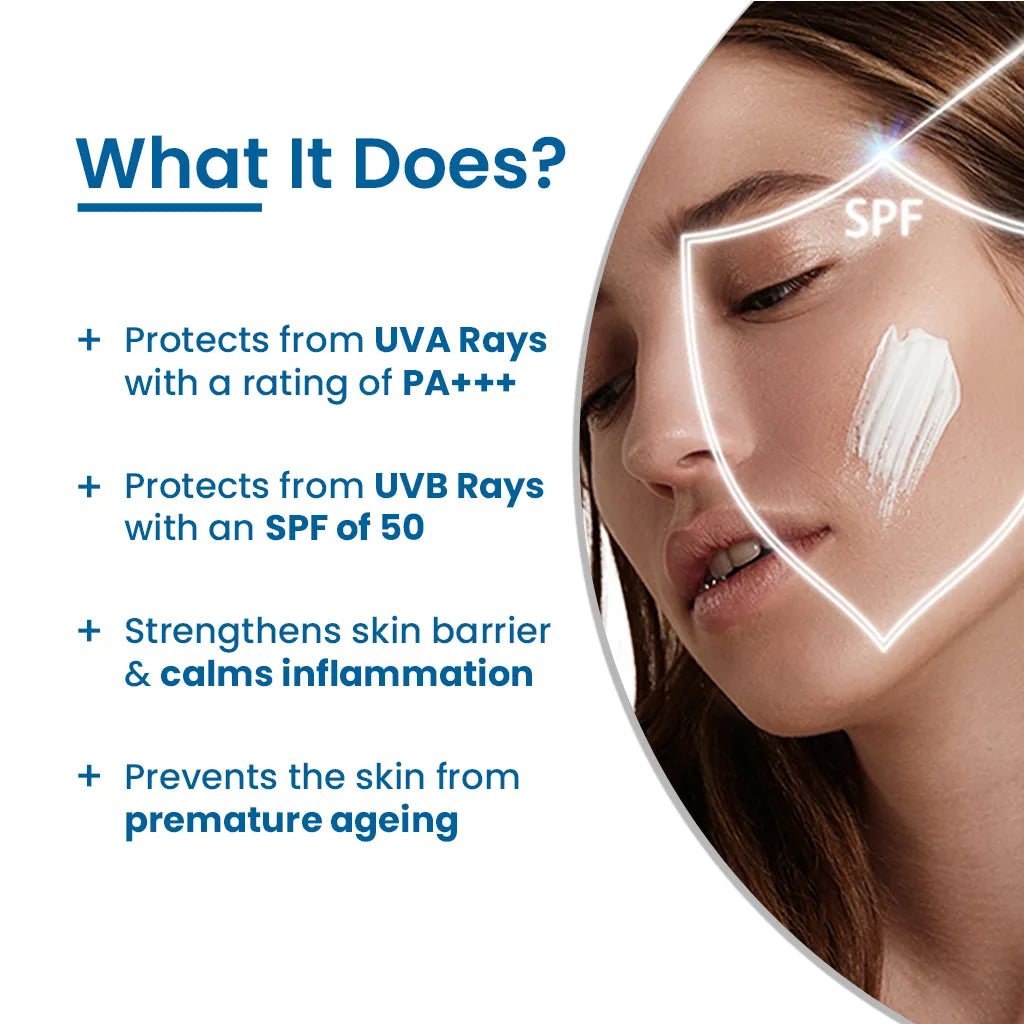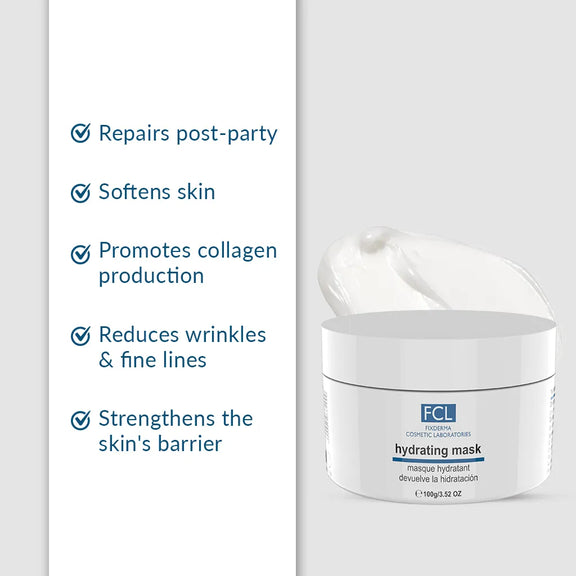
Best skincare tips you need to keep skin healthy this monsoon
By: Sandip KumarAs the first raindrops fall on the earth, there's a sense of rejuvenation in the air. The monsoon season brings relief from the scorching heat, quenching the earth's thirst and filling the landscapes with lush greenery. However, our skin faces its own set of challenges. The arrival of the monsoon may bring moments of bliss, but it also holds a few skin problems that demand attention. From fungal infections to excessive oiliness, our skin's resilience is put to the test. In this blog post, we will delve into the reason behind these skin issues and learn how we can care for our skin to keep it healthy, nourished, and glowing amidst the downpour.
Why do we face skin problems during the monsoon season?
- Humidity: Monsoon brings high levels of humidity, which can lead to excessive sweating. The excess moisture on the skin can create a favorable environment for the growth of bacteria and fungi, leading to various skin infections.
- Fungal Infections: Fungi thrive in warm and damp conditions, making monsoon an ideal time for fungal infections like ringworm, athlete's foot, and jock itch. These infections cause redness, itching, and irritation of the skin.
- Excessive Oiliness: Due to humidity, our skin's sebaceous glands may produce more oil than usual. This can lead to oily skin and clogged pores, potentially causing acne and breakouts.
- Pollutants and Allergens: Rainwater can carry pollutants and allergens from the air, and when it comes in contact with our skin, it can lead to skin irritation, rashes, and other allergic reactions.
- Delayed Drying: During the monsoon, clothes, and footwear may take longer to dry due to the continuous dampness in the environment. Wearing wet or damp clothes and shoes can cause skin chafing and fungal infections.
- Dehydration: Even though the humidity is high, it can be deceptive as sweating increases, leading to fluid loss and dehydration. Dehydrated skin can become dry, flaky, and more prone to irritation.
- Lack of Sun Protection: People often assume that sun protection is not necessary during the monsoon because of cloud cover. However, harmful UV rays can still penetrate the clouds and cause skin damage, leading to sunburn and other sun-related issues.
- Poor Hygiene: Increased humidity can make the skin sticky and uncomfortable. Some individuals may neglect proper hygiene, leading to the accumulation of dirt and sweat on the skin, which can cause skin problems.
- Weakened Immune System: During the monsoon, our immune system may be more susceptible to infections, making it easier for bacteria and fungi to cause skin issues.
Monsoon skincare routine for oily and acne-prone skin
-
Cleansing: Cleanse your face twice daily (morning and evening) using a gentle, soap-free, and water-based cleanser. This helps remove dirt, excess oil, and impurities without over-drying the skin.
Try Alpha Beta Acne Cleanser with salicylic acid and glycolic acid that deeply cleanses the skin, unclogs pores, controls the overproduction of sebum and oil, and most importantly reduces acne, comedones, and fights acne-causing bacteria. -
Exfoliation: Exfoliate your skin 2-3 times a week to unclog pores and remove dead skin cells. Choose an exfoliant with salicylic acid or glycolic acid to control oil production and prevent breakouts.
Try Penta Peel Pads, a gentle chemical exfoliating formulation, that removes dead skin cells without being abrasive to the skin. These peeling pads can be used easily at home for 2x a week for best results. - Toning: - Apply an alcohol-free toner to balance your skin's pH levels and minimize the appearance of pores.
- Moisturizing: - Use a lightweight, non-comedogenic, and oil-free moisturizer to keep your skin hydrated without adding extra shine or greasiness.
-
Clay Masks - Treat your skin to a clay-based face mask once or twice a week to control excess oil, deep clean pores, and reduce acne. Clay masks absorb excess sebum, leaving your skin refreshed and mattified.
Try the PBA mask, with the power of Alpha Hydroxy Acids, Beta Hydroxy Acids, and Poly Hydroxy Acids which detoxifies oily and acne-prone skin, reduces the early signs of aging, firms saggy skin, and tightens open pores in just 15 minutes. -
Sunscreen - Always apply sunscreen before stepping out, even on cloudy days. Choose an oil-free, gel-based, or matte-finish sunscreen with at least SPF 30 to protect your skin from harmful UV rays.
Try Chemfree SPF 50 Physical Sunscreen which is a mineral sunscreen with Niacinamide and squalene, to protect the skin from UVB rays with SPF 50 and UVA rays with a rating of PA+++. This sunscreen is environment friendly, free from toxins, and harmful chemicals, and also protects against blue light. - Makeup Considerations: - Opt for oil-free, non-comedogenic makeup products to avoid clogging your pores. Avoid heavy foundation and instead, use a tinted moisturizer or BB cream for light coverage.
- Shower After Getting Wet in the Rain: If you get caught in the rain, make sure to shower and cleanse your skin as soon as possible to remove any pollutants or bacteria that rainwater might carry.
- Don't Touch Your Face: Avoid touching your face with unwashed hands, as it can transfer dirt, oil, and bacteria to your skin, leading to breakouts.
Monsoon skincare routine for dry skin
-
Gentle Cleansing: Cleanse your face twice daily (morning and evening) using a mild, hydrating cleanser that doesn't strip away natural oils from your skin. Avoid using hot water, as it can further dry out your skin. Opt for lukewarm water instead.
Try C Scape Cleanser, a formulation enriched with vitamin C which deeply cleanses the skin, evens out skin tone, hydrates, and brightens the skin which looks dull due to dryness and rough skin texture. - Hydrating Toner: - After cleansing, apply a hydrating toner to balance your skin's pH levels and prepare it for better absorption of serums and moisturizers.
-
Hydrating Serum: - Incorporate a hydrating serum into your routine to provide an extra boost of moisture to your skin. Look for serums with ingredients like hyaluronic acid, glycerin, or vitamin E.
Try HA4 Plus Serum which is infused with the power of 5.3% hyaluronic acid to reduce dryness, flakiness, dehydration, and firm skin to reduce sagginess and early signs of aging. - Rich Moisturizer: Use a rich, emollient moisturizer suitable for dry skin to lock in moisture and create a protective barrier against harsh weather conditions. Apply the moisturizer while your skin is still slightly damp to seal in the moisture.
-
Face Masks: Treat your skin to a face mask which can hydrate your skin once a week to replenish moisture and revitalize your dry skin.
Try our Hydrating Face Mask which is formulated with hyaluronic acid and phytosqualene which makes the skin look more supple, plump, hydrated, and youthful in 15 minutes. -
Sunscreen: Even during the monsoon, don't skip sunscreen. Choose a broad-spectrum sunscreen with at least SPF 30 and make sure it offers protection against both UVA and UVB rays.
Try Light Weight SPF 80 Sunscreen Lotion which is specially formulated for dry skin, not only to protect the skin from UVB rays with SPF 80 and UVA rays with a rating of PA++++ but also moisturizes the skin simultaneously.
So, by following these monsoon skincare tips you can combat the skin issues that occur during monsoon and your skin will remain healthy, glowing, and nourished throughout the season.
Read more - Travel-Friendly Skincare Routine?



